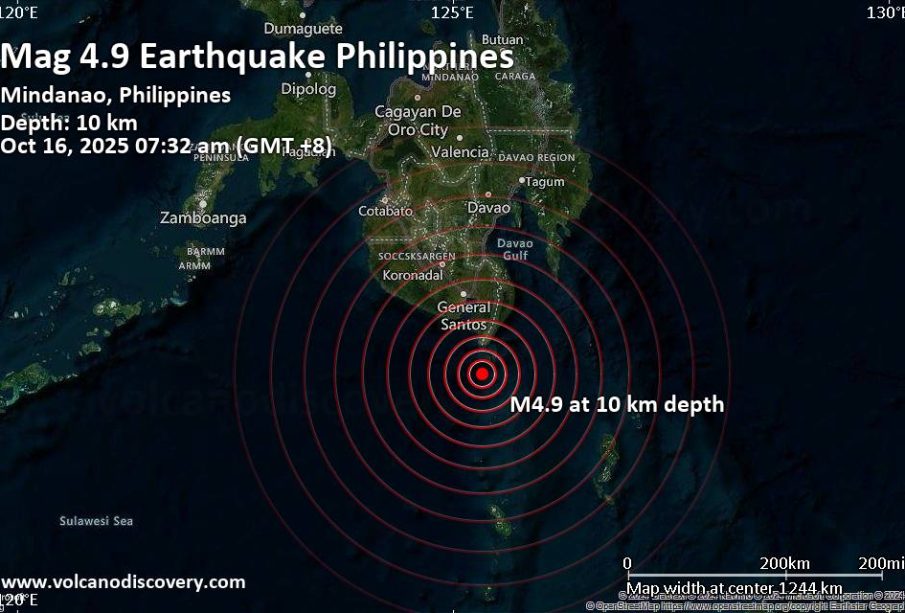Recent Earthquake in the Philippines: Impact and Recovery Efforts

Introduction
The recent earthquake that struck the Philippines is a reminder of the country’s seismic vulnerability. Located on the Pacific Ring of Fire, the Philippines is prone to natural disasters, making the importance of earthquake preparedness and recovery efforts more crucial than ever.
Details of the Earthquake
On October 24, 2023, a powerful earthquake registered 6.8 on the Richter scale, with its epicenter located near the coastal town of Batangas, south of Manila. The earthquake struck at approximately 2:15 PM local time and was felt across several regions, including Manila, Cavite, and Laguna. Reports from the United States Geological Survey (USGS) indicate that the tremor occurred at a depth of 30 kilometers, resulting in significant structural damage, especially in coastal areas.
Immediate Impact
The earthquake has led to several injuries, with initial reports indicating over 100 injured individuals, as people rushed to evacuate buildings. Emergency services were deployed immediately to assess damage and provide assistance. Several aftershocks have also been reported, further complicating rescue efforts. Local government units have activated their disaster response plans, and shelters have been established for those displaced by the quake.
Community Response and Recovery Efforts
Communities have come together to support those affected by the earthquake. Various nonprofits and local organizations have launched initiatives to provide food, water, and medical supplies to those in need. The Philippine government has also called for a national response team to assist in recovery and rebuilding efforts. The Department of Social Welfare and Development (DSWD) has begun distributing relief assistance and coordinating with local officials.
Conclusion
The recent earthquake in the Philippines highlights the ongoing challenges related to natural disasters in the region. As the nation grapples with the immediate aftermath and assesses the need for long-term rehabilitation, it remains essential for both government and community efforts to work hand-in-hand. It serves as a potent reminder for residents to stay prepared and vigilant in the face of future natural disasters. Indeed, as the efforts to rebuild commence, international support may also play a vital role in the recovery journey.


